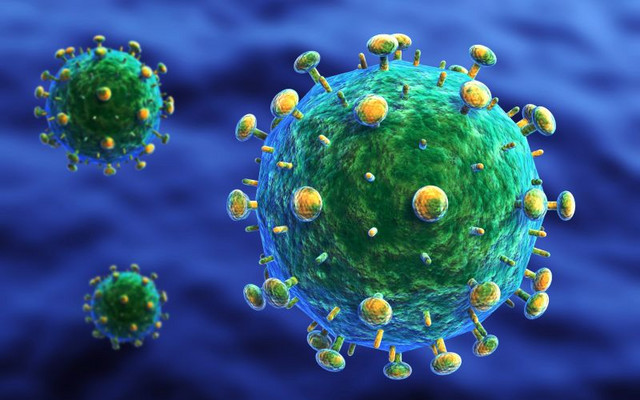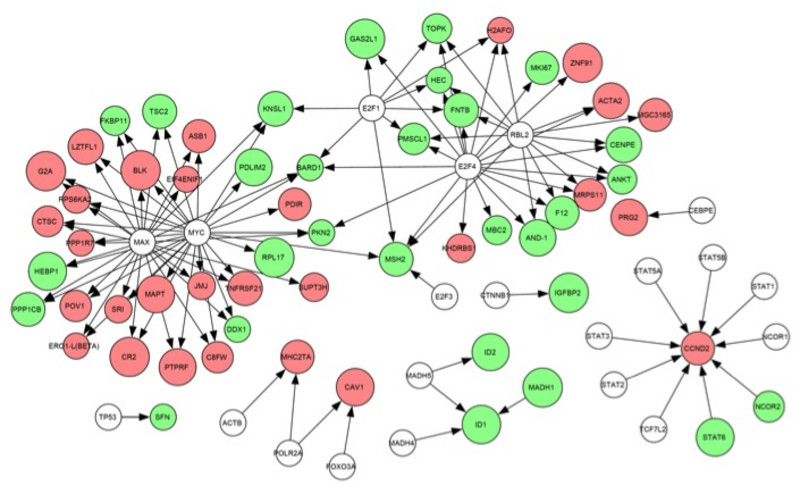Resistant immune cells survive SIV infection
Despite ongoing development of new treatment with the AIDS virus, the immunodeficiency disease is still considered deadly for nearly all infected with it. Up till now, living with the disease is only possible with continued treatment with strong anti-viral medication.
The infection with retrovirus HIV-1 in humans and SIV in non-human primates normally leads to a strong deduction of certain immune cell, the CD4-T helper cells. These cells play a significant role in the immune response of the body. Normally, acutely infected T-cells die shortly after infection. However, some of these cells have the ability to survive an infection without any damage. Even though these cells produce viruses, they do have the ability to survive.
At the DPZ the head of the Unit of Infection Models Christine Stahl-Hennig, infected and cultivated the human CDT4 T-cells with SIV in her laboratory. Ulrike Sauermann, a scientist in the Unit of Infection Models has cooperated with scientists at the HZI to research these cells by creating gene expression profiles and the implementation of a novel network analysis method.
In the course of the analysis, scientists identified a variety of mechanisms that are crucial for survival of the cells. The production of specific factors, such as the many vital processes is regulated differently in the chronically infected T cells than of those cells that do not survive an infection.
Moreover, the scientists were able to identify substances that do not normally appear in immune cells, such as caveolin-1. This protein is often found in the plasma membrane of healthy cells and is of importance for a variety of control and transport processes.
The identified molecules and reaction mechanisms provide important clues as to which processes affect the survival rate of CD4 T helper cells. In the long term, we can use this information for the implementation of new approaches to the treatment of HIV-/SIV- infections.
Original publication
Feng Q He, Ulrike Sauermann, Christiane Beer, Silke Winkelmann, Zheng Yu, Sieghart Sopper, An-Ping Zeng and Manfred Wirth (2014). Identification of molecular sub-networks associated with cell survival in achronically SIVmac-infected human CD4+ T cell line. Virology J, 11: DOI: 10.1186/1743-422X-11-152


